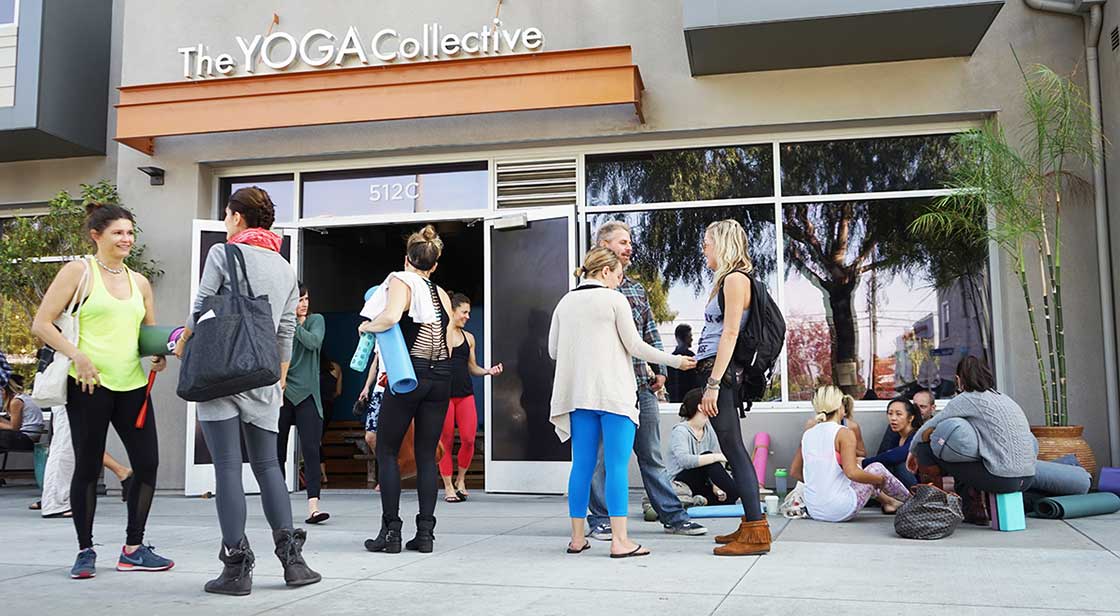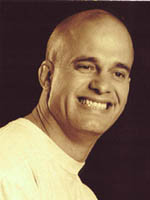
Paul Grilley has been teaching Yoga since 1980 and his special interest is the teaching of Anatomy. He practices Yoga postures in the style of Paulie Zink and patterns his philosophy on the writings and researches of Dr. Hiroshi Motoyama a Yogi and scientist from Tokyo, Japan. This philosophy integrates the Taoist Meridian and Acupuncture theories of China with the Yogic and Tantric theories of India. Paul lives in Ashland, Oregon with his wife Suzee.
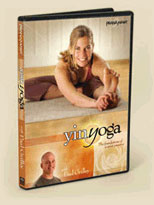
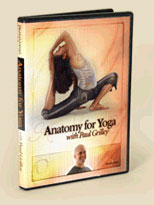
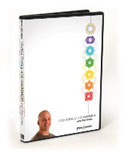
“Yin Yoga is not “yet another” brand name of Yoga postures, it is part of a larger conception of Yoga that can be called Taoist Yoga. The fundamental tenet of Taoism is that all things can be described by their mutually complementary Yin and Yang aspects. Yin and Yang can be used to describe all things we are capable of experiencing whether they are clouds, stars, forests, our thoughts or our bodies.
Basic examples of Taoist analysis would be: There is always a front and a back to a coffee cup but we can never experience both at the same time. The exposed part of the cup is Yang, the concealed part is Yin but both are necessary to form the cup. Or consider the fact that inhaling and exhaling are opposite movements. Inhaling is Yang, exhaling is Yin but together they are the “Tao of Breathing”.
A Taoist analysis of Yoga practice emphasizes the critical difference between Yin and Yang tissues of the body. Muscles and blood are Yang, connective tissues and joints are Yin. Yin and Yang tissues do not respond to training in the same way and a student?s practice becomes more effective when the difference is understood.
Most forms of Yoga practiced today are Yang, they emphasize muscular movement and contraction. By contrast Yin Yoga targets the connective tissue of the hips, pelvis and lower spine. Yin postures are held three to five to ten minutes at a time. This type of practice complements the more muscular styles of Yoga and is a great aid for learning to sit in meditation.
The book I have written and the workshops I present emphasize the Yin approach to Yoga postures. Not because Yin Yoga is better but only because there are many good forms of Yang Yoga available and the Yin approach is under-represented”.

